Left – Bisbee, AZ street scene / Right – A private security contractor patrolling an area of the border fence under construction in New Mexico.
I recently shot two rolls of Ektachrome with my double exposure technique. They were shot in the American southwest whilst shooting two very different assignments for the Financial Times and The Economist. (I shot the actual jobs on my usual film, Kodak Portra 400). One job was a travel story around Lake Powell and some other towns in AZ, and the other assignment was much more reportage in nature, having to do with the border wall.
I have increased the contrast in the results slightly here, but it’s important to note that I was using my Leica M3 with an uncoated 50mm Summitar lens from 1942 with the addition of a three or six stop ND filter for most of the shots, so the characteristics of that unique lens are probably just as apparent in the images as the nature of the film itself.
Thus far I’ve been impressed with the new film. It seems to have quite accurate colors, strong contrast and very fine grain, and would probably manage large prints very well. Being a positive film, it doesn’t have the exposure latitude of negative film, and it does require careful and accurate metering. Although I’ve only shot very little of the new Ektachrome, I can tell that t’s certainly a very different type of look then my usual Portra 400.
I haven’t shot positive since about ’02 or ’03, so it’s bit of a revelation to see these sorts of colors on a light table again. I plan to shoot some more double exposures with Ektachrome, but I may switch to a more modern lens to really let the sharpness and saturated colors come through.
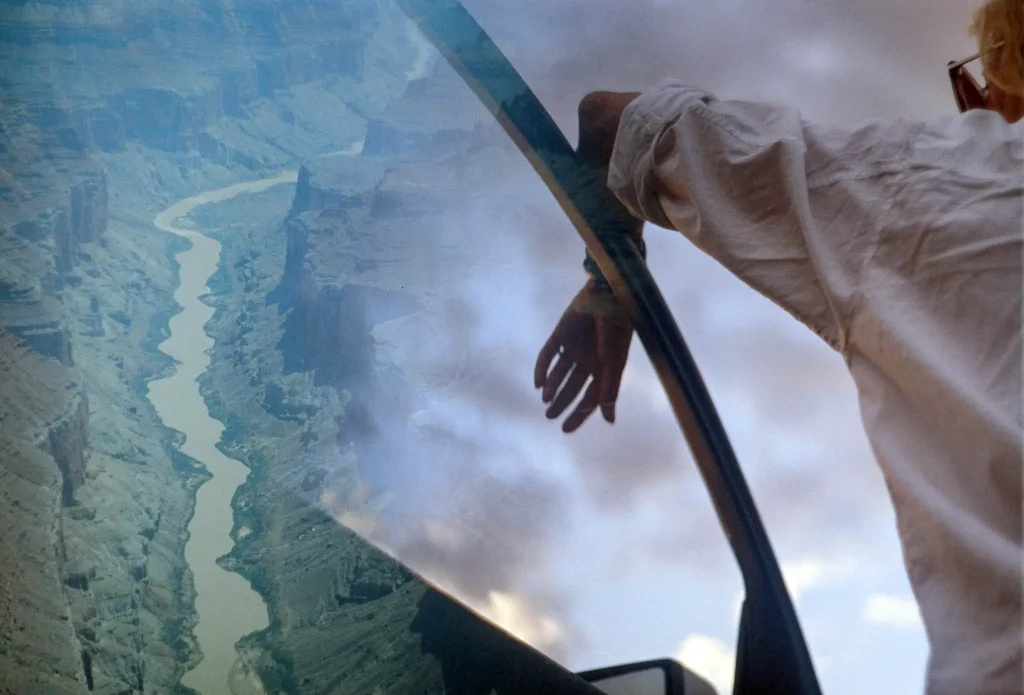
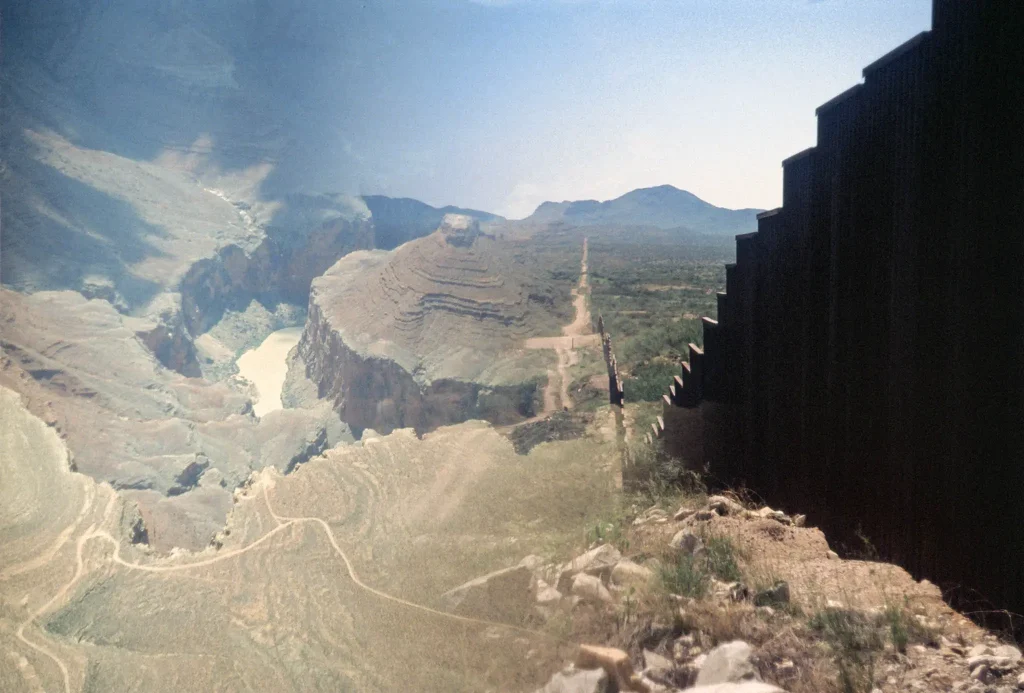
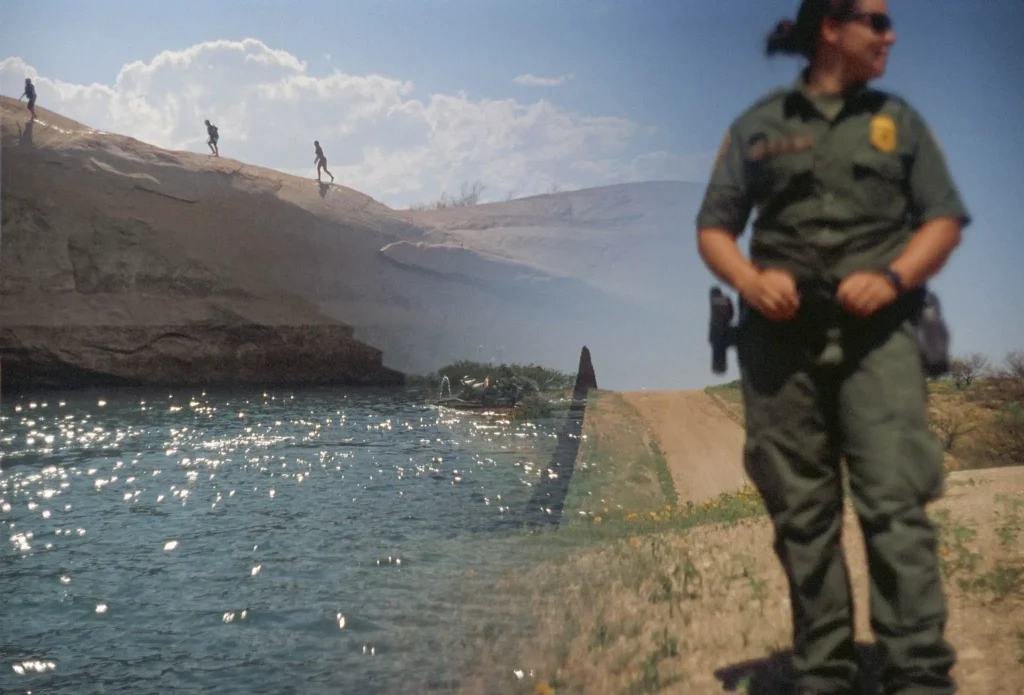
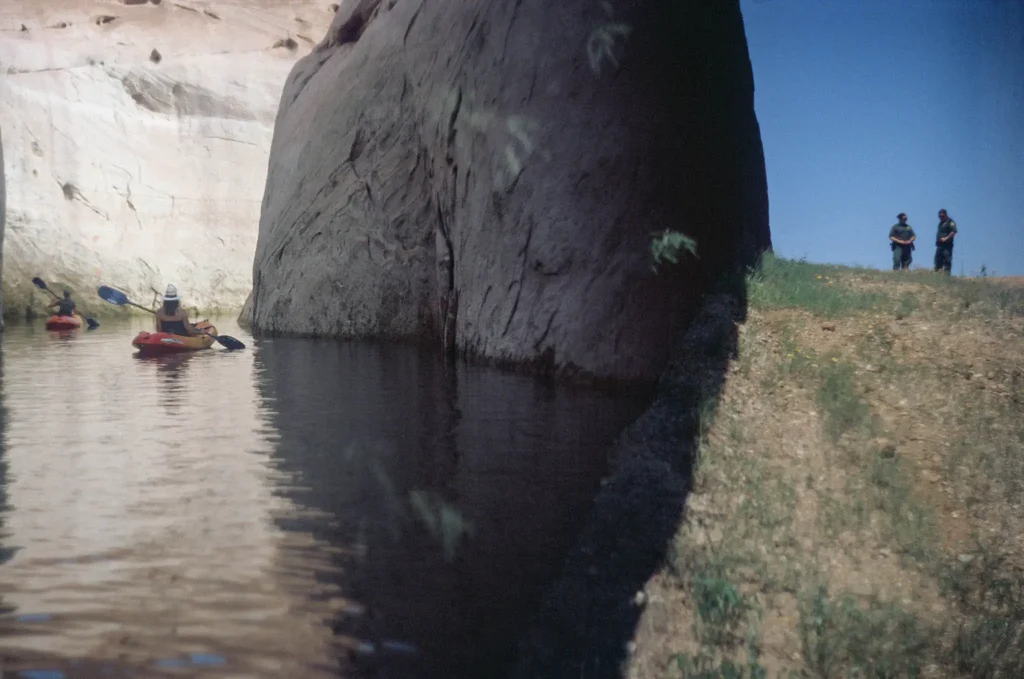
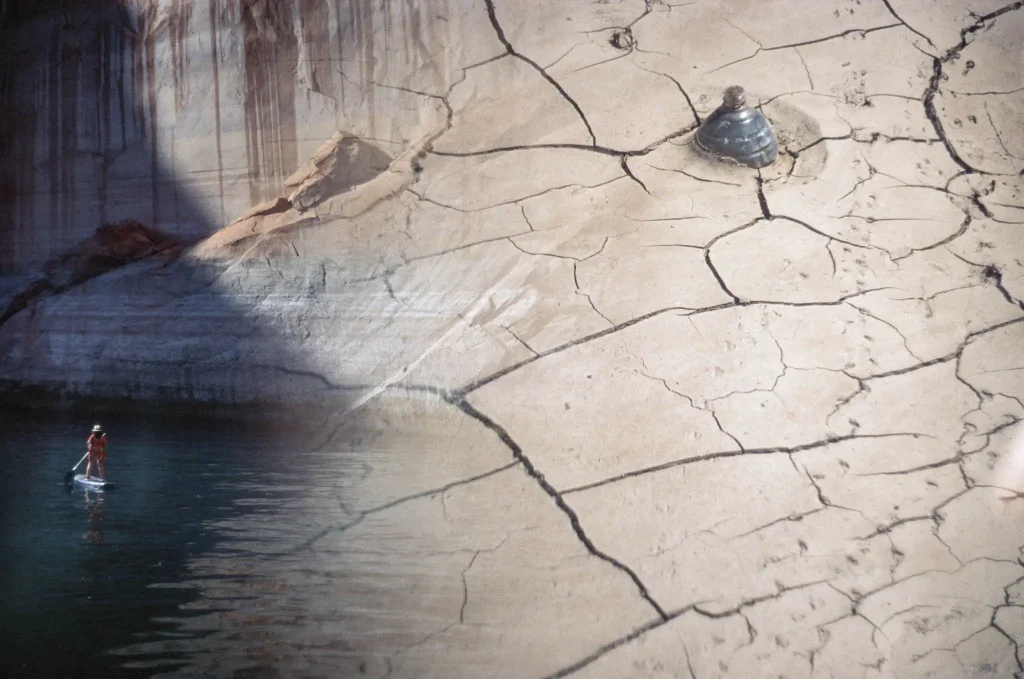
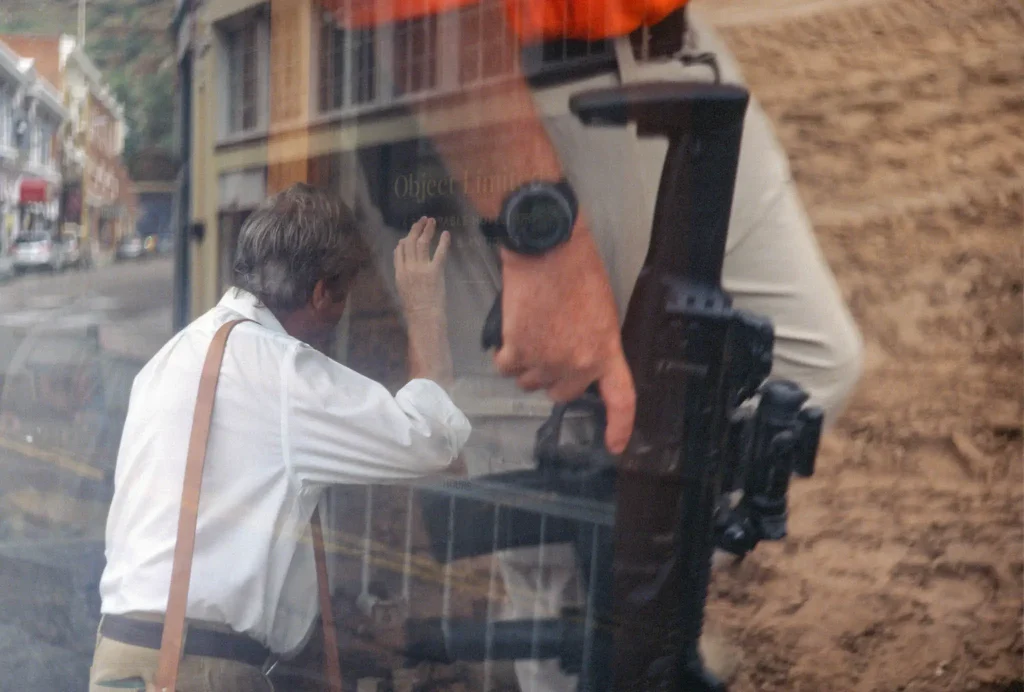
Thanks, Michael
My website – michaelturek.com
Instagram – @michaelturek
Share this post:
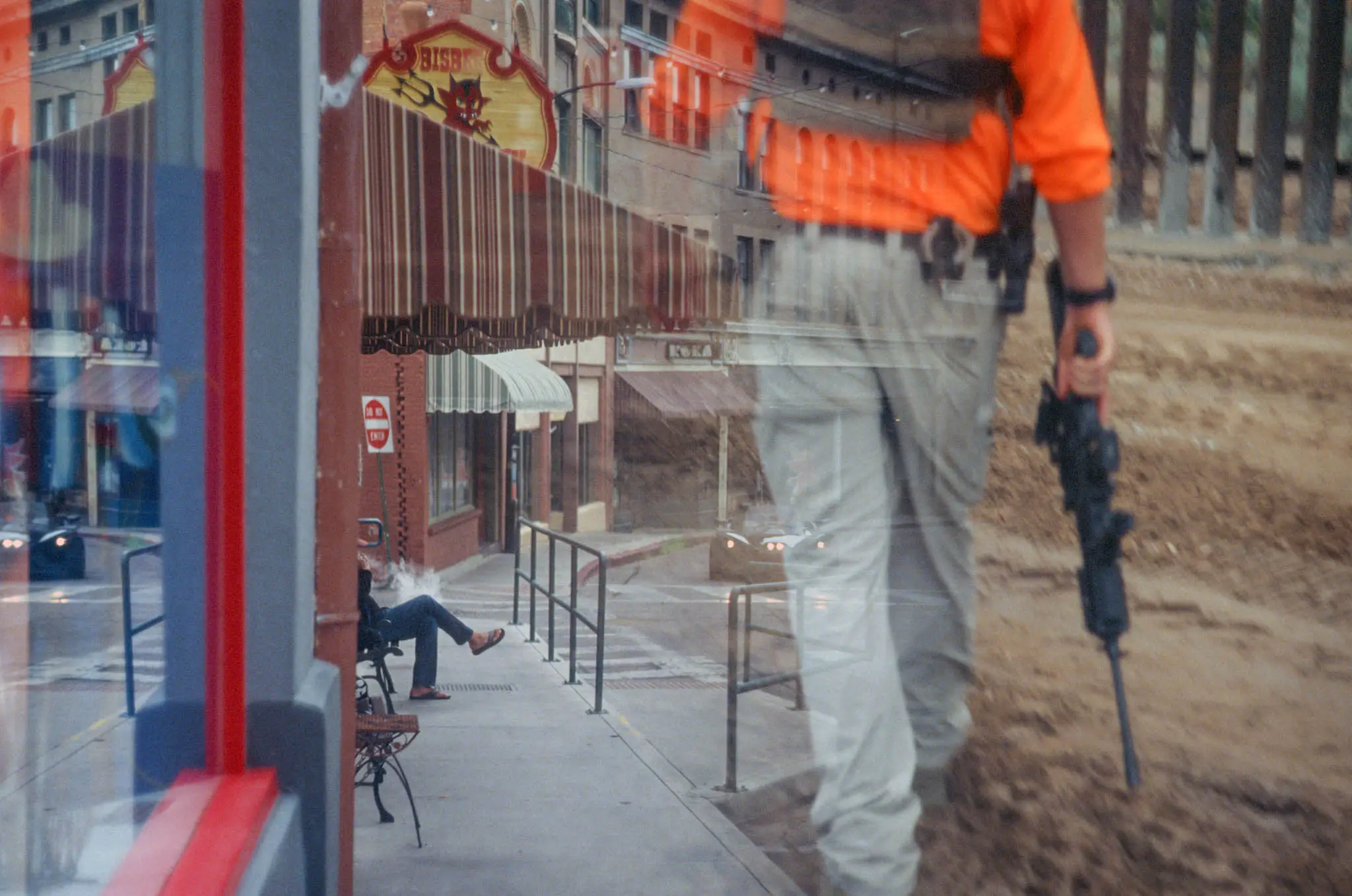








Comments
David on Kodak Ektachrome E100 – A few Double Exposures – By Michael Turek
Comment posted: 18/09/2018
I think it is irrelevant that you used Ektachrome, but I'm not faulting for that.
If I had a roll or two this early in the new game, I suppose I would take subjects that maximize the color saturation or something, a test, if you will. I haven't shot slides since 70's, Kodachrome, being a B&W man, but I am interested in new stuff, so will at least give it a try and probably pay at the top of the early rush, before going back to neg.
Thanks!
Dominique Pierre-Nina on Kodak Ektachrome E100 – A few Double Exposures – By Michael Turek
Comment posted: 18/09/2018
Comment posted: 18/09/2018
Comment posted: 18/09/2018
Arthur Robert Tafil on Kodak Ektachrome E100 – A few Double Exposures – By Michael Turek
Comment posted: 18/09/2018
Steve Boykin on Kodak Ektachrome E100 – A few Double Exposures – By Michael Turek
Comment posted: 19/09/2018
Comment posted: 19/09/2018
Mike Morgan on Kodak Ektachrome E100 – A few Double Exposures – By Michael Turek
Comment posted: 23/09/2018